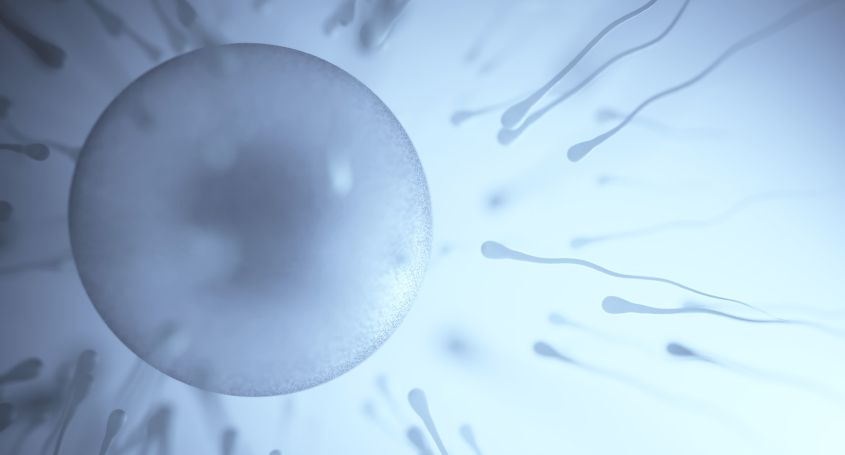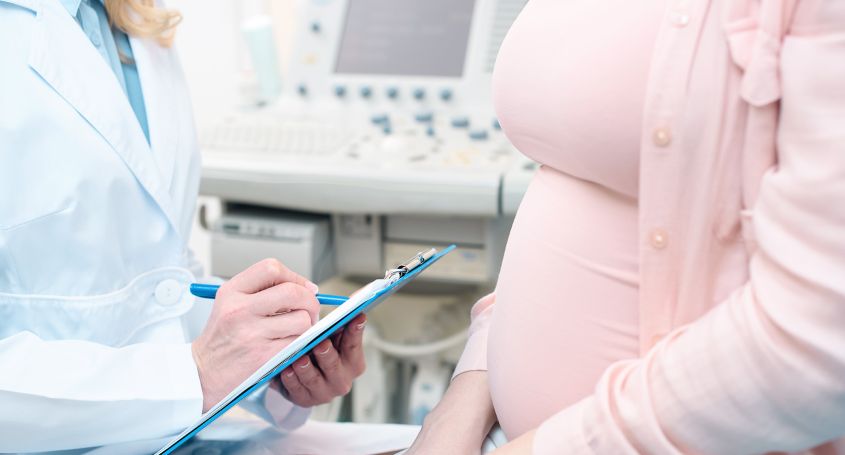What are the fallopian tubes?
The fallopian tubes are muscular conducts with an approximate length between 10 and 12 cm connecting ovaries with the uterus. Their main function is to make fecundation possible, as they allow one or more oocytes to travel along the uterine cavities to find the spermatozoids.
In order to achieve fecundation, the tubes need to be permeable. This means that there should be no obstruction that would hinder the meeting between oocyte and spermatozoid.
They also need to have great mobility as it is with suction movements how they are able to catch the oocyte in the peritoneal cavity once it has ovulated in preparation for the spermatozoid to fertilize it.
Blocked fallopian tubes
The obstruction of the fallopian tubes is one of the main causes of female infertility as it prevents communication between ovaries and the uterus.
Obstruction can be total, when both tubes are obstructed, or partial when only one is.
- Partial obstruction lowers the chances of fertilization, nevertheless it does not make it impossible. We can achieve pregnancy but it can take longer than usual. Partial obstruction means some eggs will be able to go through and thus get to the point of a possible fecundation with a spermatozoid.
- Total obstruction, means fecundation is not going to be possible as both spermatozoid and oocyte will not be able to meet.
Causes of blocked Fallopian tubes?
There are several causes leading to the obstruction of the fallopian tubes, amongst them:
- Sexually transmitted infections
- Acute inflammation of the tubes
- Endometriosis
- Side effects from the use of an IUD as contraceptive method
- Wounds from abdominal chirurgical interventions
- Ectopic pregnancies or complicated abortions.
- Problems in previous pregnancies.
How to detect and treat the blockage of the fallopian tubes?
To be able to analyze the permeability of the fallopian tubes we can perform a Hysterosalpingography (HSG), an X-Ray consisting of an injection on the uterus neck with a contrast solution inside that will fill up the uterine cavity and the tubes, and which will come out to the inside of the abdomen.
We can also perform a hysterosonography (HSN) with serum that will be introduced to the uterine cavity and will travel along the tubes. This test has the advantage that it can be done in a gynecologist’s office.
How can we get pregnant if the tubes are blocked?
Results show that chirurgical intervention to permeabilize fallopian tubes does not deliver good results when one tries to get pregnant. Therefore, assisted pregnancy treatments are recommended. Normally an IVF is recommended.
If you are interested in getting more information about it do not hesitate to contact us.




















